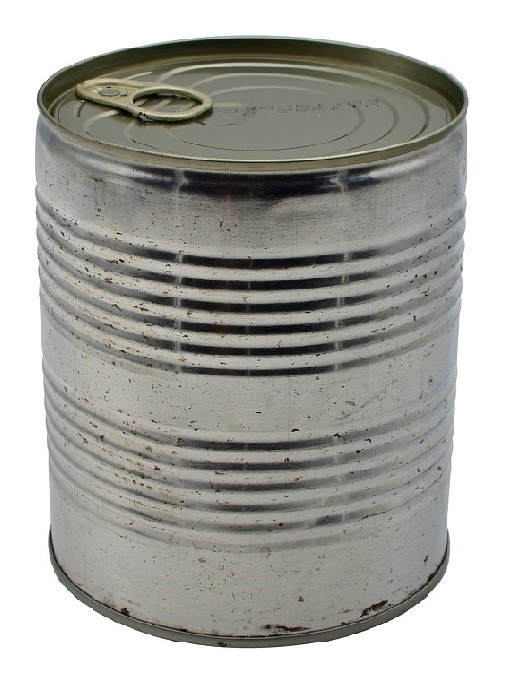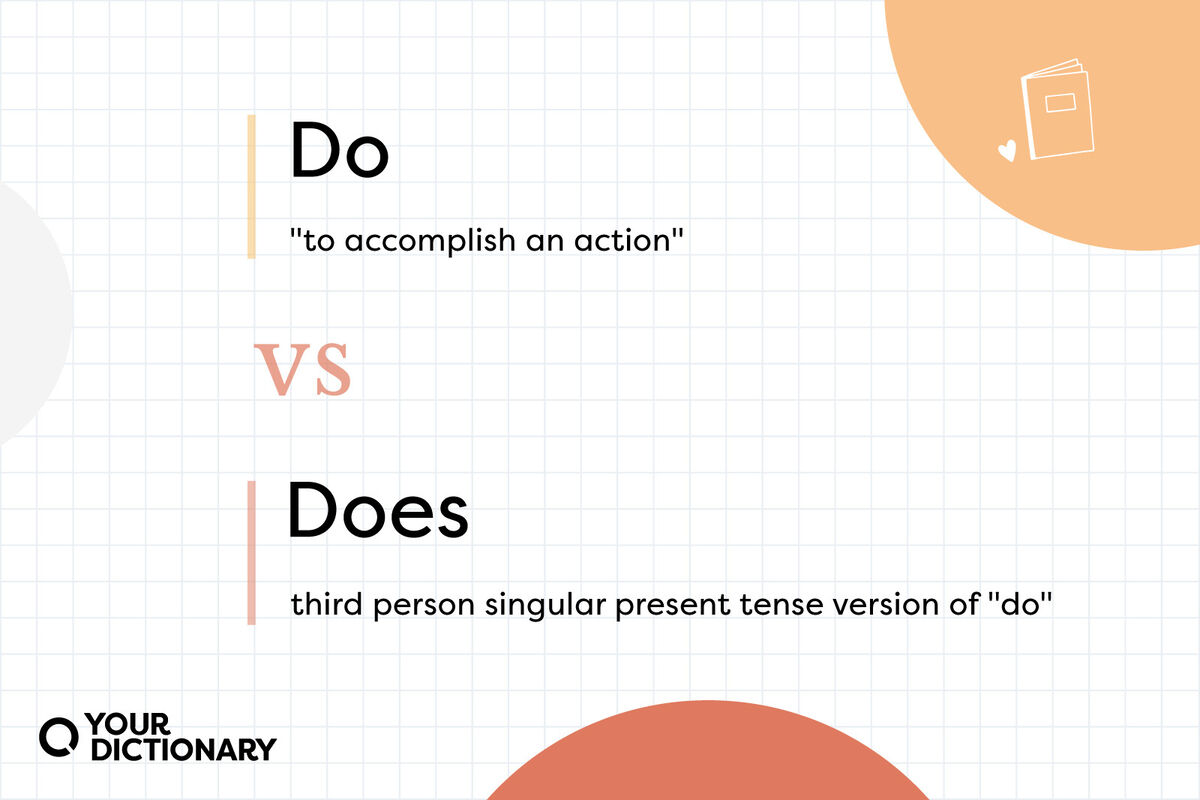US Automotive Protection Services: Complete Guide to Vehicle Coverage Options
Understand us automotive protection services
Us automotive protection services encompass a broad range of coverage options design to shield vehicle owners from unexpected repair costs and roadside emergencies. These services bridge the gap between manufacturer warranties and complete vehicle ownership responsibility, offer peace of mind for millions of American drivers.
The automotive protection industry has evolved importantly to meet diverse consumer needs. Today’s market offer everything from basic roadside assistance to comprehensive extend warranty coverage that rival original manufacturer protection. Understand these options help drivers make informed decisions about protect their automotive investments.
Types of automotive protection services
Extended warranty coverage
Extended warranties represent the virtually comprehensive form of automotive protection available. These contracts extend coverage beyond the original manufacturer warranty period, protect against mechanical breakdowns and component failures. Almost extended warranties cover major systems include engine, transmission, electrical components, and air conditioning.
Service contract providers offer various coverage levels. Exclusionary coverage provide the well-nigh comprehensive protection, cover everything except specifically list exclusions. Stated component coverage protects exclusively list parts and systems. Powertrain coverage focus solely on engine and transmission components.
The cost of extended warranties varies base on vehicle age, mileage, coverage level, and deductible amount. Newer vehicles with lower mileage typically qualify for more comprehensive coverage at lower monthly payments. Older vehicles may face coverage limitations or higher premiums due to increase breakdown risk.
Roadside assistance programs
Roadside assistance provide immediate help when vehicles break down or experience emergencies. Standard services include battery jump starts, flat tire changes, lockout assistance, and emergency fuel delivery. Premium programs may include longer distance towing, rental car reimbursement, and trip interruption coverage.
Many automotive protection companies bundle roadside assistance with extended warranty coverage. Standalone roadside assistance programs are besides available through auto clubs, insurance companies, and credit card providers. Response times and service quality vary importantly between providers, make research essential before select coverage.
Maintenance protection plans
Maintenance protection plans cover routine service requirements like oil changes, filter replacements, and schedule inspections. These plans help vehicle owners budget for predictable maintenance costs while ensure proper vehicle care. Some plans include coverage for wear items like brake pads, belts, and hoses.
Prepaid maintenance plans typically offer cost savings compare to pay for individual services. They besides encourage proper vehicle maintenance by remove financial barriers to routine service. Notwithstanding, vehicle owners must cautiously review plan terms to understand coverage limitations and service requirements.
Major automotive protection providers
Manufacturer back programs
Most major automakers offer extended warranty and protection programs for their vehicles. These manufacturer back programs typically provide seamless integration with exist warranty coverage and access to authorized dealer service networks. Coverage terms and pricing vary by manufacturer, but these programs loosely offer reliable protection with established claim processes.
Manufacturer programs oft include additional benefits like rental car coverage, trip interruption protection, and transferable coverage for resale value enhancement. Yet, coverage is typically limit to specific vehicle brands, and pricing may be higher than third party alternatives.
Third party protection companies
Independent automotive protection companies offer coverage for multiple vehicle brands and oft provide more flexible terms than manufacturer programs. These companies may offer competitive pricing, customizable coverage options, and broader repair facility networks include independent shops.
Third party providers range from large national companies to smaller regional operators. Financial stability and claim pay ability vary importantly between providers. Research company ratings, customer reviews, and complaint records helps identify reputable providers with strong track records.
Insurance company programs
Many auto insurance companies offer mechanical breakdown insurance as an alternative to traditional extend warranties. These programs typically integrate with exist auto insurance policies and may offer cost advantages for current customers. Coverage terms and claim processes oftentimes mirror standard insurance practices.
Insurance base mechanical breakdown coverage may include benefits like guarantee repairs, rental car coverage, and streamline claim processing. Notwithstanding, coverage may be subject to insurance regulations that differ from warranty contract laws.
Coverage considerations and limitations
Vehicle eligibility requirements
Automotive protection services typically impose eligibility requirements base on vehicle age, mileage, and condition. Newer vehicles with lower mileage broadly qualify for more comprehensive coverage options. Older or high mileage vehicles may face coverage restrictions or require pre-purchase inspections.
Some providers specialize in cover older or high mileage vehicles, though coverage terms may be more limited and premiums eminent. Vehicle history reports and maintenance records may influence coverage availability and pricing for use vehicles.
Coverage exclusions and limitations
All automotive protection plans include exclusions and limitations that define coverage boundaries. Common exclusions include wear items, maintenance neglect, accident damage, and pre-existing conditions. Understand these exclusions prevent coverage surprises when claims arise.
Coverage limitations may include annual or per incident claim limits, specific repair facility requirements, and deductible amounts. Some plans require pre-authorization for major repairs or limit coverage to specific geographic areas.
Claim process requirements
Successful claim processing require understanding and follow specific procedures outline in protection plan contracts. Most plans require pre-authorization for cover repairs, use of approve repair facilities, and submission of require documentation within specify timeframes.
Claim denial frequently result from failure to follow proper procedures quite than coverage exclusions. Maintain detailed maintenance records, understand pre-authorization requirements, and work with approve repair facilities help ensure smooth claim processing.
Cost factors and pricing models
Premium structure variations
Automotive protection services use various pricing models to determine premium costs. Factors influence pricing include vehicle make and model, age and mileage, coverage level, deductible amount, and contract length. Luxury and import vehicles typically face higher premiums due to increase repair costs.

Source: mapsofworld.com
Payment options may include lump sum payments, monthly installments, or financing through the protection provider. Monthly payment plans much include financing charges that increase total contract costs. Compare total costs across payment options helps identify the virtually economical choice.
Value assessment strategies
Evaluate automotive protection value require compare coverage costs against potential repair expenses. Research common repair costs for specific vehicle models help assess whether protection coverage provide financial benefit. Vehicles with expensive electronic systems or complex powertrains may benefit more from comprehensive coverage.
Consider the vehicles expect ownership period when evaluate protection plans. Short term ownership may not justify extended coverage costs, while long term ownership increase the likelihood of benefit from protection coverage.
Consumer protection and regulatory oversight
State regulation variations
Automotive protection services are regulated at the state level, create variations in consumer protections and industry requirements. Some states classify extend warranties as insurance products subject to insurance regulations, while others treat them as service contracts with different regulatory frameworks.
State regulations may address contract cancellation rights, claim processing requirements, and provider financial responsibility. Understand applicable state regulations help consumers know their rights and available remedies when disputes arise.
Consumer rights and remedies
Consumers have various rights and remedies when deal with automotive protection providers. Most states provide cancellation periods allow contract termination with partial refunds. Some states require specific contract terms, claim processing timeframes, and dispute resolution procedures.
When disputes arise, consumers may pursue remedies through state regulatory agencies, attorney general offices, or court systems. Documentation of all communications and claim relate activities support dispute resolution efforts.
Make informed protection decisions
Research and comparison process
Select appropriate automotive protection require thorough research and comparison of available options. Start by identify specific coverage needs base on vehicle type, age, and expect ownership period. Compare coverage terms, exclusions, and pricing from multiple providers to identify the best value.
Research provider financial stability through rating agencies and state regulatory reports. Customer reviews and complaint records provide insight into claim processing experiences and customer service quality. Better business bureau ratings and state insurance department complaint ratios help identify reputable providers.
Contract review and understanding
Cautiously review all contract terms before purchase automotive protection coverage. Pay particular attention to coverage exclusions, claim procedures, cancellation terms, and dispute resolution processes. Ask questions about unclear terms and request clarification in writing.
Understand contract terms prevent coverage surprises and help ensure successful claim experiences. Consider consult with automotive professionals or legal advisors for complex contracts or significant financial commitments.

Source: wvcwinterswijk.nl
Future trends in automotive protection
Technology integration
Emerge technologies are transformed automotive protection services through improved diagnostics, predictive maintenance, and streamline claim processing. Telematics systems can monitor vehicle health and predict potential failures before they occur, enable proactive maintenance and reduce catastrophic breakdowns.
Digital platforms are simplified claim submission and processing, reduce paperwork and accelerate resolution times. Mobile apps allow customers to submit claims, track repair progress, and communicate with service providers from anyplace.
Electric and hybrid vehicle coverage
The growth adoption of electric and hybrid vehicles is drive changes in automotive protection coverage. These vehicles require specialized knowledge and equipment for service and repair, influence coverage terms and provider network requirements.
Battery coverage represent a significant consideration for electric vehicle protection plans. High voltage battery replacement costs can exceed vehicle values, make comprehensive battery coverage essential for electric vehicle owners.
Automotive protection services continue to evolve to meet change consumer needs and technological advances. Understand available options, research providers exhaustively, and cautiously review contract terms help ensure appropriate coverage selection. Whether choose manufacturer back programs, third party providers, or insurance base coverage, inform decisions protect both vehicles and financiwell-beinging.



